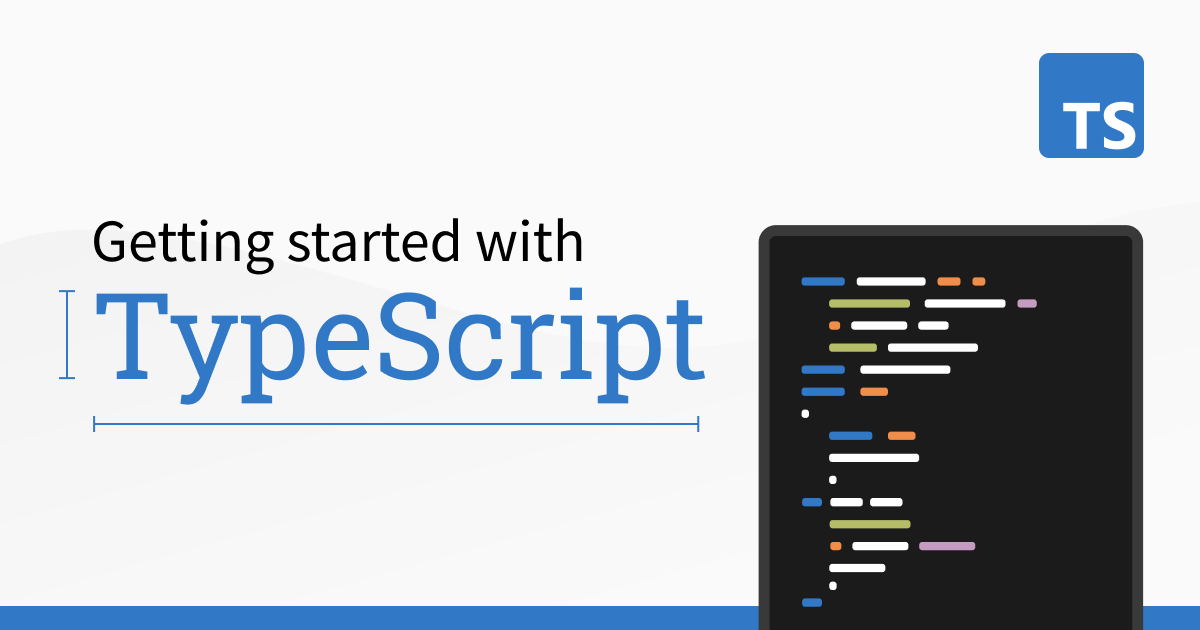Tutorials
TypeScript lets you write JavaScript the method you actually want to. TypeScript is a typed superset of JavaScript that amasses to plain JavaScript. A TypeScript is a pure object concerned with classes, interfaces, and statically typed like C# or Java. Mastering TypeScript can support programmers to write object-oriented programs and have them compiled to JavaScript, both on the client-side and server-side.
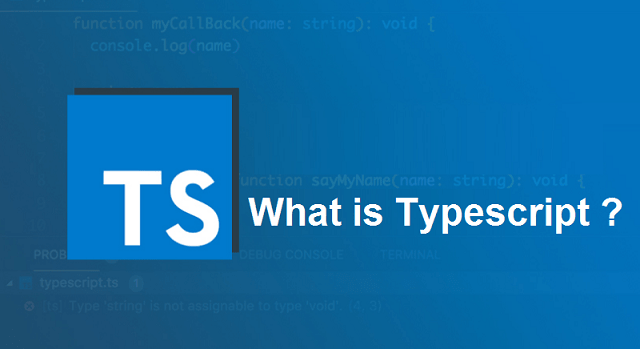
TypeScript is a typed superset of JavaScript that compiles to plain JavaScript. It is pure object-oriented with classes, interfaces, and statically typed programming languages like C# or Java. You will need a compiler to compile and generate the code in the file. Basically, TypeScript is the ES6 version of JavaScript with some additional features.
TypeScript used for:
TypeScript remains a superset of the JavaScript language that devises a single open-source compiler and is developed mostly using a single vendor Microsoft. The goalmouth of TypeScript is to help catch faults first through a type system and to variety JavaScript development more proficient.
Why do we need TypeScript?

TypeScript simplifies JavaScript code, making it easier to read and correct. TypeScript offers highly creative development tools for JavaScript IDEs and performs, like static checking. TypeScript creates code easier to read and comprehend. Using TypeScript, we can create a huge development over basic JavaScript.
What do I need to learn to use TypeScript?
TypeScript is basically a JS linter. Or, JS with certification that the compiler can understand. Therefore, indifference to other languages comparable to CoffeeScript which enhances syntactic sugar, or else PureScript which does not look similar to JavaScript at all, you do not need to learn a ration to start writing TypeScript code. Kinds in TS are optional, and all JS file is an effective TypeScript file. But the compiler will protest if you have type mistakes in your first files, it does stretch you back to a JavaScript file that works as it did before. Anywhere you are, TypeScript will meet you there, and then it is informal to build up your skills progressively.
How to get started with TypeScript?
To compile your TS code, you need to install tsc short for the TypeScript compiler. The easiest way to do it is over the terminal. This can remain done simply through npm by using the following command:

If you want to use TypeScript with Visual Studio Code, there is a handy guide on their website.
Once you have installed tsc, you can compile your files with tsc filename.ts.
Migrating your files from JavaScript to TypeScript
Let’s say that we want to change the following JavaScript file to TypeScript due to odd behavior:

Good news. Any JS file is technically a valid TypeScript file, so you’re up to a great start – just switch the file extension to .ts from .js.
TypeScript has type inference, which means that it can automatically infer some of the types you use without you adding them. In this case, it presumes that the function sums two variables of type any, which is true but of no great use right now.
If we want to sum only numbers, we can add a type signature to my_sum to make it accept only numbers.

Now, TypeScript provides us with an error.

Good thing we found where the error is: To additional escape errors like these, you can also add kind definitions to variables.

TypeScript is quite flexible in what it can do and how it can help you.
Features of TypeScript:
To sum it up, I think TypeScript will remain to rise in popularity aimed at the predictable future. It offers great development knowledge, does not have much competition, and enjoys high acceptance rates among new open-source projects.
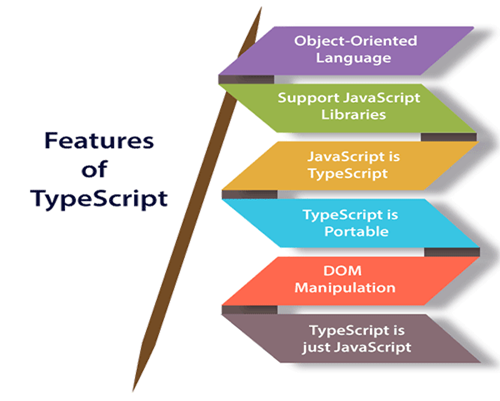
Object-Oriented Language: TypeScript offers a whole feature of an object-oriented programming language such as inheritance, classes, interfaces, modules, etc. In TypeScript, we can write code for both server-side as well as client-side development.
TypeScript supports JavaScript libraries: TypeScript supports all JavaScript elements. It permits the developers to use existing JavaScript code with TypeScript. Here, we can use each of the JavaScript frameworks, tools, and other libraries easily.
JavaScript is TypeScript: It means the code written in JavaScript with valid .js extension can be transformed to TypeScript through changing the extension from (.js to .ts) and compiled with other TypeScript files.
TypeScript is portable: TypeScript is portable because it can be executed on any device, browser, or operating system. It can be run in any environment where JavaScript runs on. It is not specific to any virtual machine for execution.
DOM Manipulation: TypeScript can be used to manipulate the DOM for removing or adding elements related to JavaScript.
TypeScript is just JS: TypeScript code is not executed on any browsers straight. The program written in TypeScript constantly starts with JavaScript then ends with JavaScript. Henceforth, we only need to know JavaScript to use it in TypeScript. The code written in TypeScript is compiled and transformed into its JavaScript comparable for the execution. This procedure is recognized as Trans-piled. With the support of JavaScript code, browsers can read the TypeScript code and show the output.
Advantage of TypeScript over JavaScript:
- TypeScript continuously highlights errors at compilation time throughout the time of development, while JavaScript points out errors at the runtime.
- TypeScript supports strongly typed or static typing, but this is not in JavaScript.
- TypeScript runs on some browser or JavaScript engine.
- Great tooling supports with IntelliSense, which offers active hints as the code is added.
- It has a namespace concept through defining a module.
TypeScript Variables:
A variable is the storage location, which remains used to store worth info to be referenced and used by programs. It acts as a container for worth in code and must be professed earlier the use. We can declare a variable by using the var keyword. In TypeScript, the variable follows the same identification rule as of JavaScript variable declaration. These rules are –
- The variable name must be an alphabet or numeric digit.
- The variable name cannot start with digits.
- The variable name cannot contain spaces and special personalities, but the underscore (_) and the dollar ($) sign.
In ES6, we can describe variables using the let and const keywords. These variables have similar syntax for variable declaration and initialization but differ in scope and usage. In TypeScript, there is continuously suggested to define a variable using the let keyword because it delivers the type protection.
The let keyword is similar to the var keyword in some respects, and const is a let that prevents re-assignment to a variable.
Collections in TypeScript:
TypeScript supports two kinds of collections:
arrays (where all the members are of the same type and are accessed by position)
tuples (where each member can be of a different type).
Control Statements in TypeScript:
1. If the statement
2. If else statement
3. If else if statement
If Statement
If the statement is used to execute a block of statements if the specified condition is true.
Syntax:

If else statement
If else statement is used to execute whichever of two blocks of statements depends upon the situation. If the situation is true and if the block will execute or else the block will execute.
Syntax:

If else if statement
If else statement is used to execute one block of statements from many depends upon the condition. If condition1 is true then the block of statements1 will be executed, else if condition2 is a true block of statements2 is executed, and so on. If no condition is true, and else block of statements will remain executed.
Syntax:

TypeScript Control Statements Example:

What is a TypeScript application?

TypeScript is a programming language developed then maintained through Microsoft. It is a strict syntactical superset of JavaScript and adds elective static typing to the language. TypeScript might be used to develop JavaScript applications for both server-side and client-side execution as with Node. Js or Deno.
Scope of TypeScript:
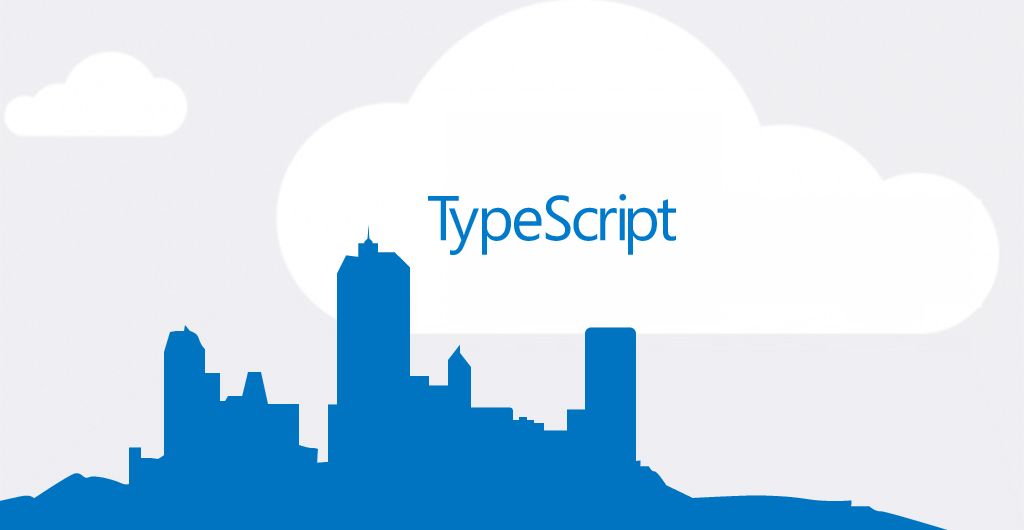
Variable scopes in TypeScript: Here scope means the discernibility of variable. The scope describes that we can access the variable or not. TypeScript variables can be of the following scopes:
Local Scope: As the name stated, are professed within the block like methods, loops, etc. Local variables are available only within the construct where they are declared.
Global Scope: If the variable is professed outside the construct then we can access the variable anyplace. This is recognized as Global Scope.
Class Scope: If a variable is professed inside the class and we can access that variable within the class only.
What are the Objectives for TypeScript Training?
• Comprehend TypeScript conceptions
• Apply different techniques to visualize data using multiple graphs and dashboards
• Tool TypeScript in the organization to monitor operative intelligence
• Troubleshoot various application log issues using SPL (Search Processing Language)
• Implement indexers, forwarders, deployment servers, and deployers in TypeScript.
What are the benefits of TypeScript Certification?
Certifications continuously play a critical role in any occupation. You might find some Pay-Per-Click Intermediate specialists who will tell you that certifications do not hold considerable value; this certification validates an individual’s capability to generate complex searches, reports, and dashboards with Pay-Per-Click Intermediate’s core software to become the most out of their data. A Pay-Per-Click Intermediate Core Certified Operator can search, use fields, use lookups, and make basic statistical bits of intelligence then dashboards in the Pay-Per-Click Intermediate Initiative or Pay-Per-Click Intermediate Cloud Platforms. This certification validates an individual’s capability to navigate then use the Pay-Per-Click Intermediate Software.
Agenda of TypeScript
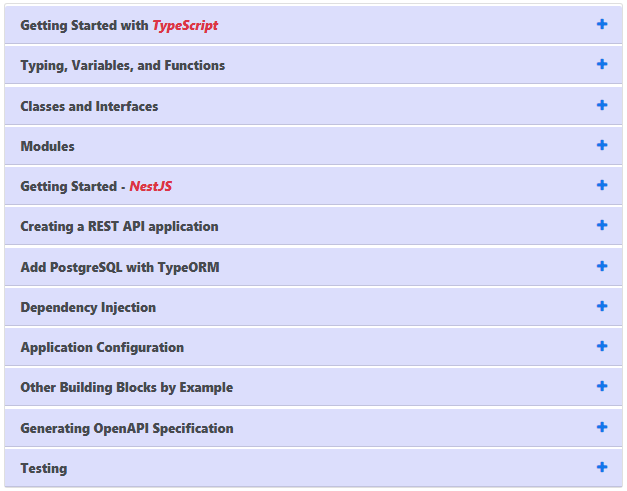
TypeScript Course
Hello everybody, if you are thinking of learning TypeScript this year then looking for some exceptional resources like books, courses, and tutorials, then you have come to the right place. Now my last limited articles, I have shared several of the best Angular framework tutorials and courses, and today, I am going to share several of the best TypeScript online courses you can join to learn it through yourself. DevOpsSchool is one of the best institutes for certification.
Conclusions
Overall, TypeScript is a great tool to have in your toolset even if you do not use it to its full capability. It is informal to start small and grow slowly, learning and adding new features as you go. TypeScript is practical and welcoming to beginners, so there is no need to be afraid.
I hope this article will be useful in your TypeScript. If you want help or have some questions, be sure to ask them on our social media like Twitter or Facebook.
- SDLC (Software Development Life Cycle) Phases, Process, Models – Complete guide - October 22, 2021
- Getting Started With SpringBoot Application - September 29, 2021
- Everything you know about Full Stack Quality Assurance Engineer - September 23, 2021
